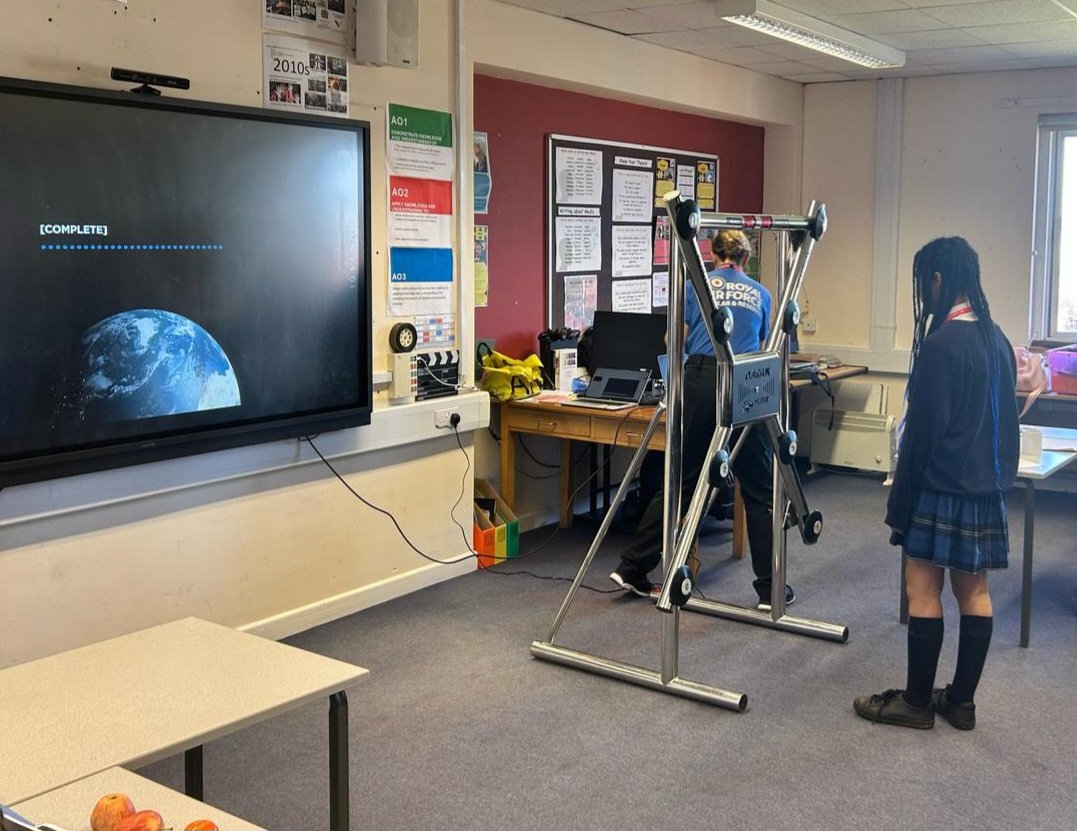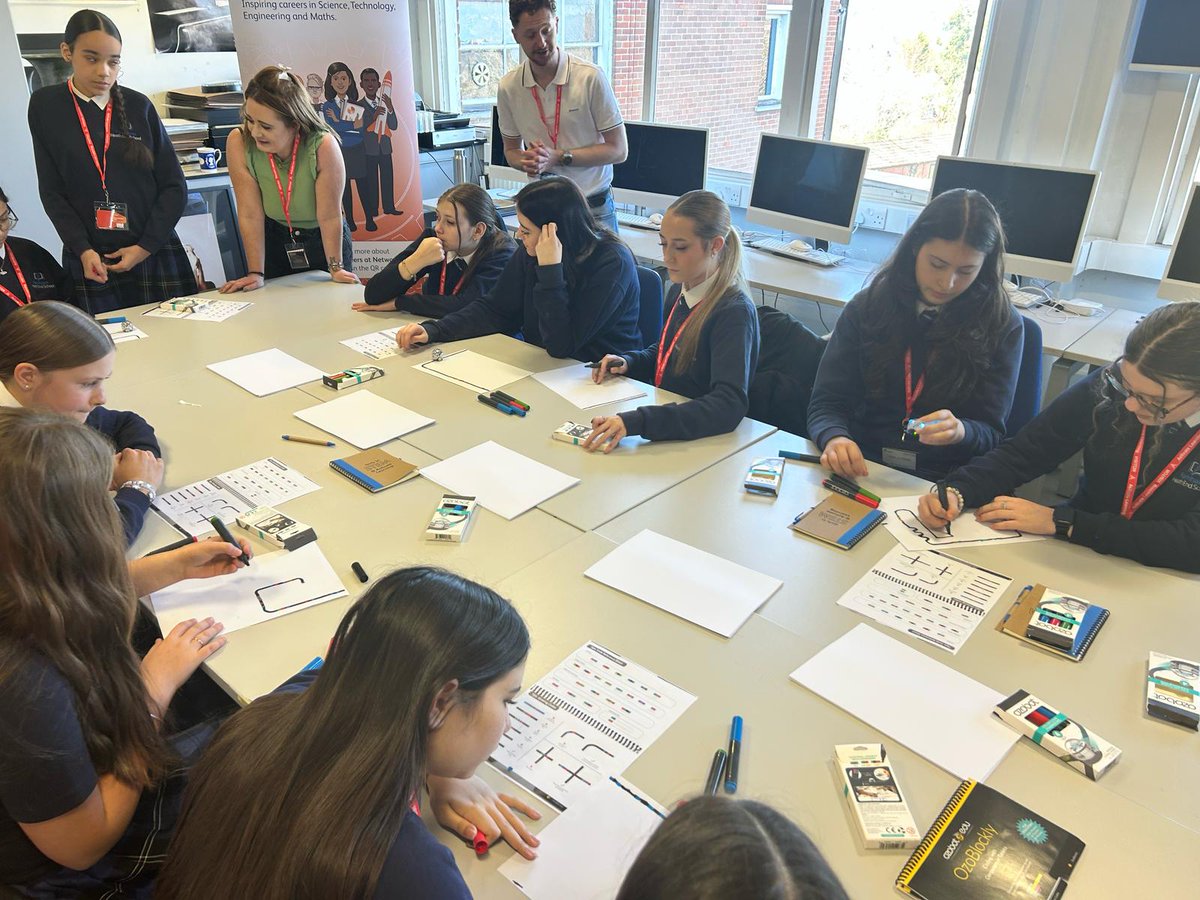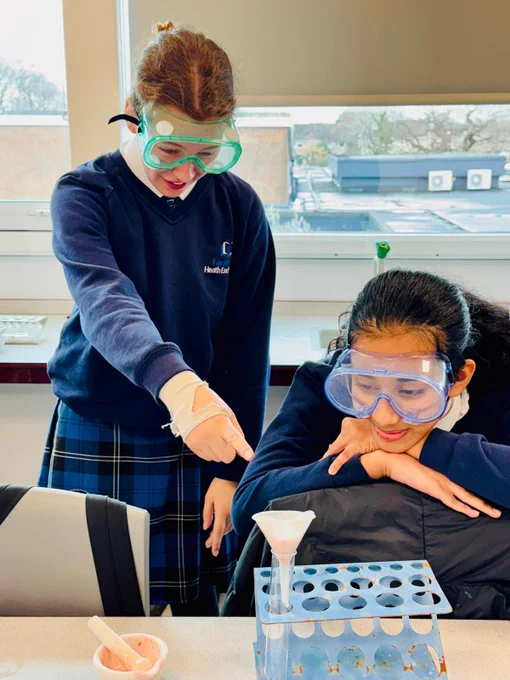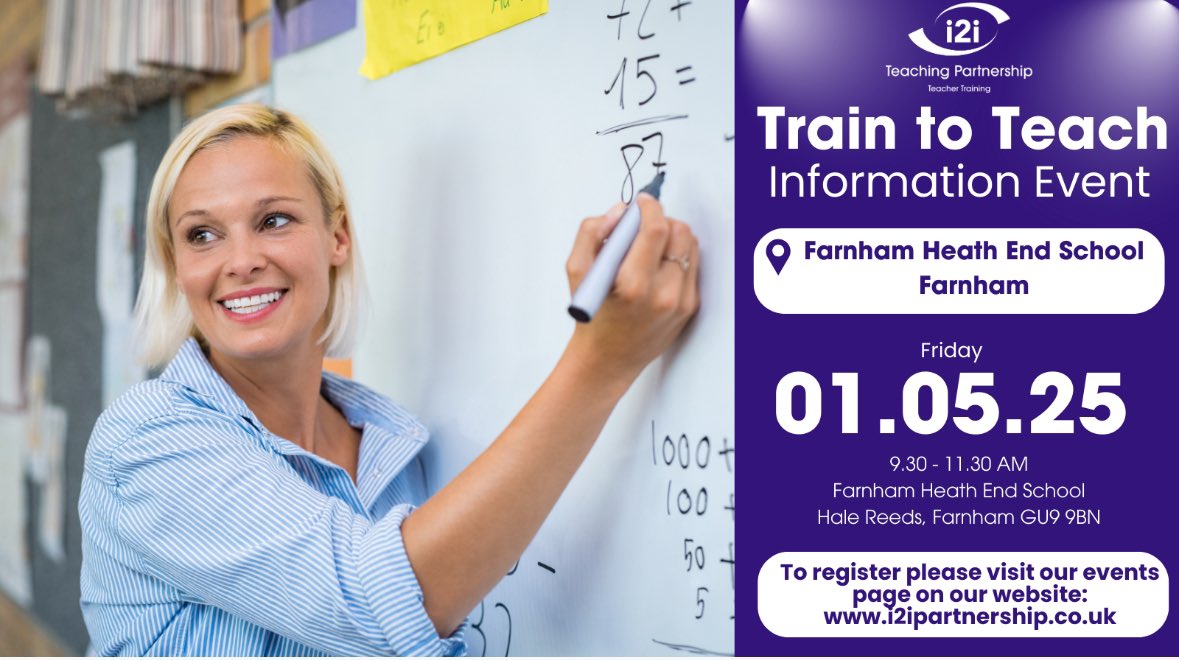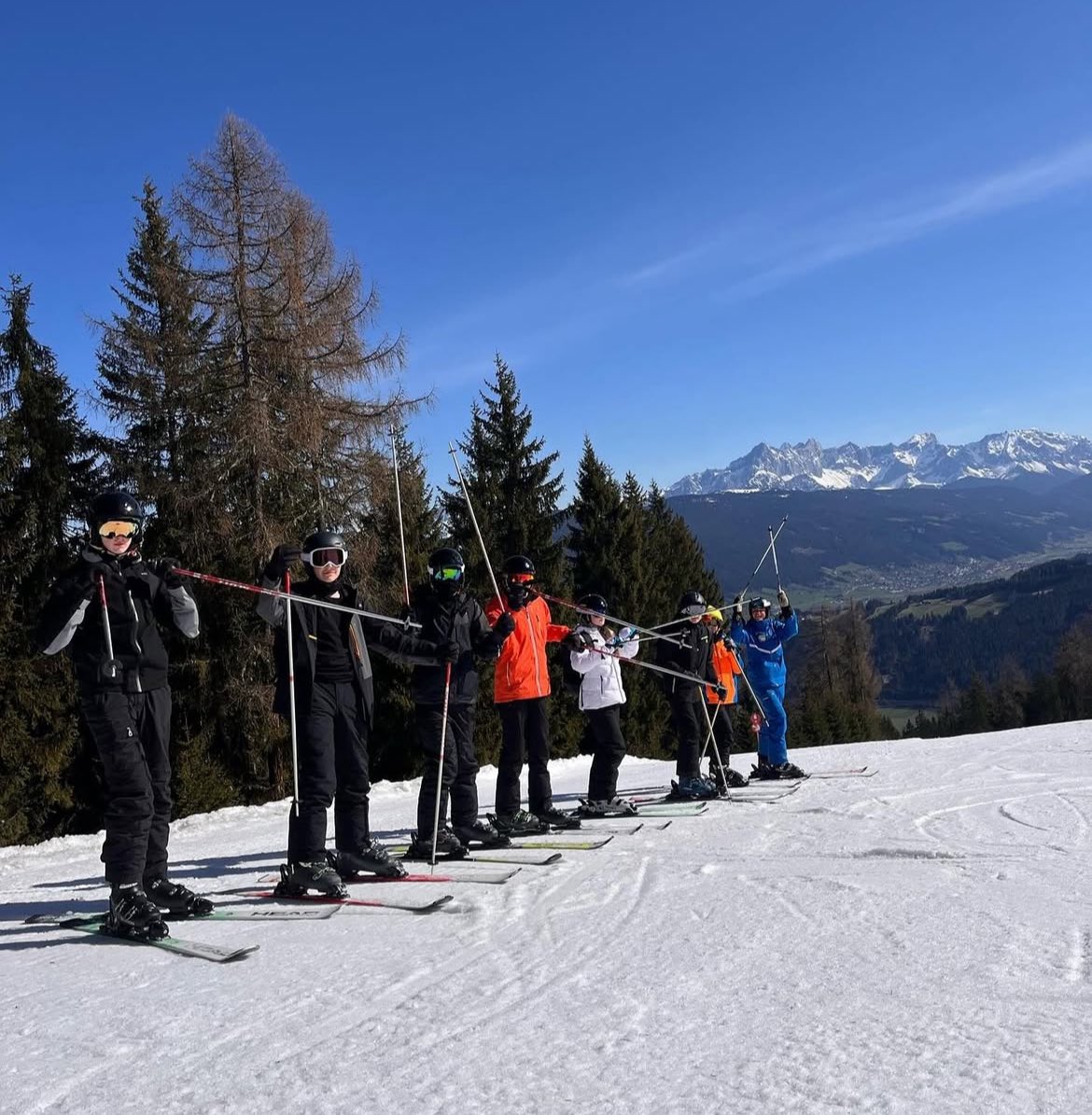 @TeamFHES - 9/04/2025Students are having a fantastic time on the slopes in Flachau this week @TeamFHES pic.twitter.com/vaI70qYrtb
@TeamFHES - 9/04/2025Students are having a fantastic time on the slopes in Flachau this week @TeamFHES pic.twitter.com/vaI70qYrtbSubject Information - Dance (GCSE)
VISION / AIM
GCSE Dance places a strong emphasis on building a secure foundation of PTEM skills. In addition to performance, students also develop their confidence and delve into the creative process of choreography. Critical appreciation plays a vital role in GCSE Dance. Students will develop analytical and evaluative skills that are crucial for students to grow as dancers and artists.
Further information can be requested from Mrs L Nance-Kivell, Head of Department, lcollier@fhes.org.uk
CURRICULUM OVERVIEW
|
KS4 |
Autumn Term |
Spring Term |
Summer Term |
|
Year 10 Half-term 1 |
Practical Duets/Trios. Theory Critical Appreciation of Professional Works: Emancipation of Expressionism. |
Practical Set Phrase: Breathe. Theory Critical Appreciation of Professional Works: A linha Curva. |
Practical Set Phrase: Shift. Theory Critical Appreciation of Professional Works: Shadows. |
|
Year 10 Half-term 2 |
Practical Duets/Trios. Theory Critical Appreciation of Professional Works: Artificial Things. |
Practical Set Phrase: Breathe Theory Critical Appreciation of Professional Works: Infra. |
Practical Set Phrase: Shift Theory Critical Appreciation of Professional Works: Within Her Eyes. |
|
Year 11 Half-term 1 |
Practical Choreography. Theory Section A. |
Theory Section C. |
Theory Exam Papers. |
|
Year 11 Half-term 2 |
Practical Choreography. Theory Section B. |
Theory Exam Papers. |
|
KEY SKILLS
|
Key Skills |
Year 10 |
Year 11 |
|
To perform with conviction and confidence. |
All students perform/ spotlight performances at key intervals each lesson and at the end of the SOL to the entire class. |
All students perform their final motifs and choreography. As they perform/spotlight performances at key intervals each lesson and at the end of the SOL to the entire class. |
|
Cultivate creativity within practical lessons, generating movement material. |
Students learn set phrases given to them by the exam board with a specific focus on timing content. With support, students also choreograph their own duet/trio performances. |
Students must use skills learnt from year 10 to choreograph their final piece of choreography based upon a given stimulus. |
|
To describe the FOP’s used in performances. |
All students describe what features of production are evident in professional works. |
All students describe what features of production are evident in professional works, their own work and apply this to exam style questions. |
|
To analyse key PTEM skills in depth with justification. |
All students analyse what PTEM skills are evident in professional works |
All students analyse what PTEM skills are evident in professional works, their own work and apply this to exam style questions. |
|
To evaluate coherently how a performance supported the choreographic intention. |
All students evaluate how PTEM, RADS skills used in professional works support the choreographic intention of the piece. |
All students evaluate how PTEM, RADS skills used in professional works and their own works support the choreographic intention of the piece. |
GCSE DANCE EXAM BOARD
|
Component 1: Performance and Choreography |
|
What’s assessed: Performance
Choreography
|
|
How it’s assessed: Internally marked and externally moderated. Performance
Choreography
Total component 60% Non-exam assessment (NEA) marked by the centre and moderated by AQA. |
|
Component 2: Dance Appreciation |
|
What’s assessed:
|
|
How it’s assessed:
|
|
Questions Based on students’ own practice and choreography and the GCSE Dance anthology. |

